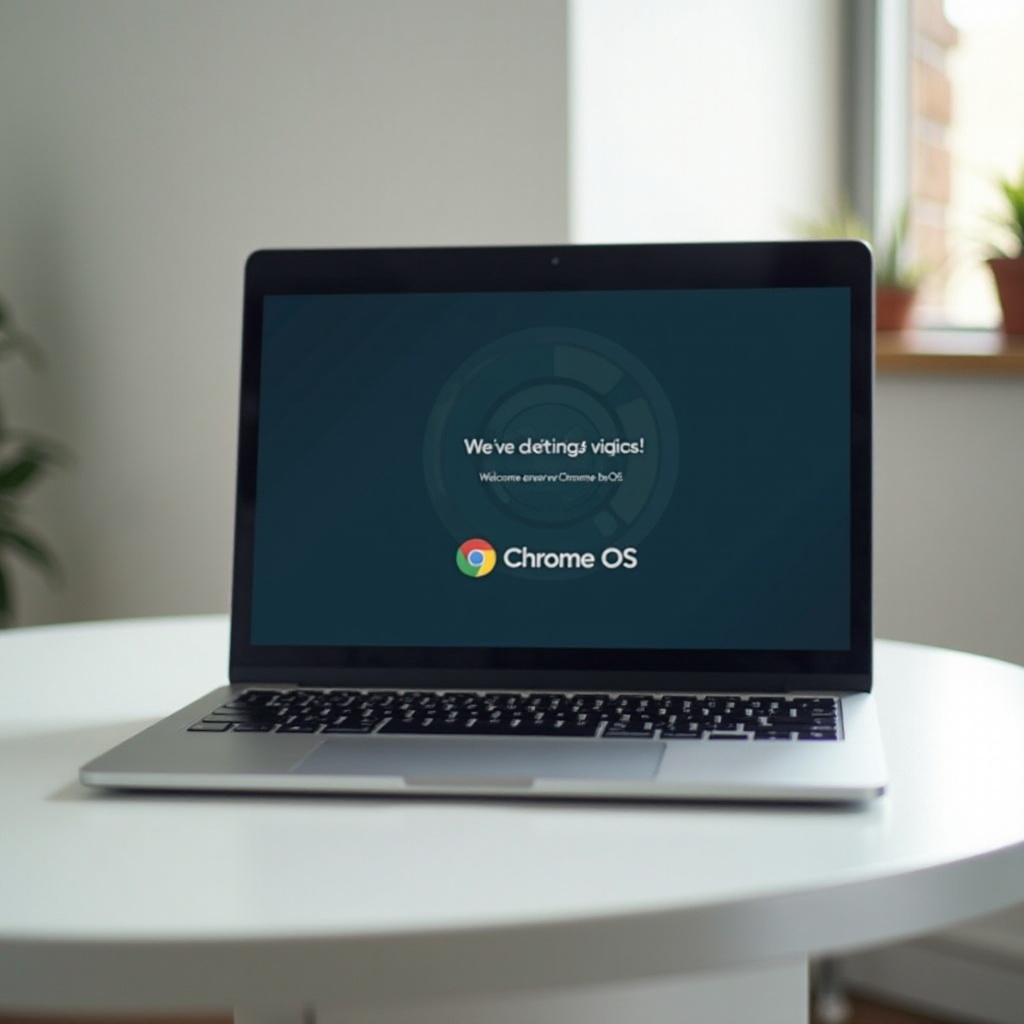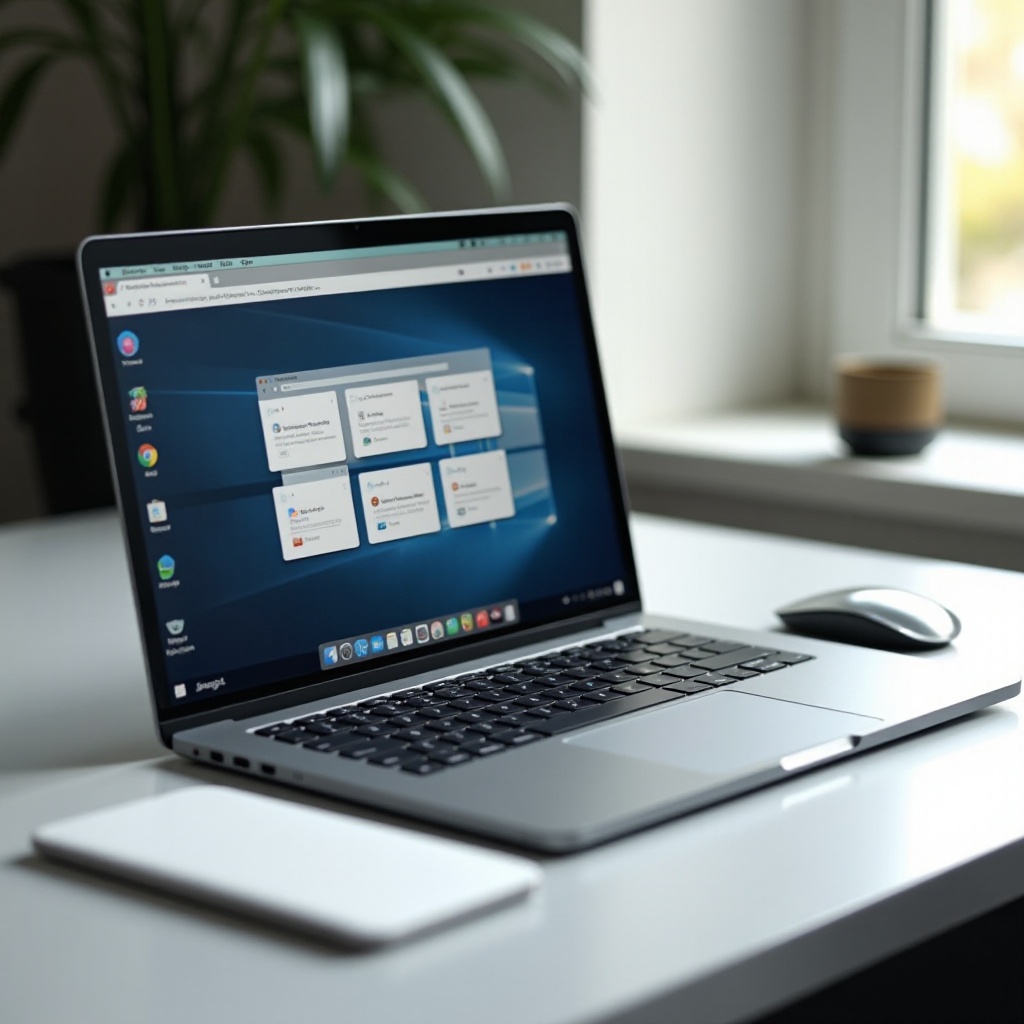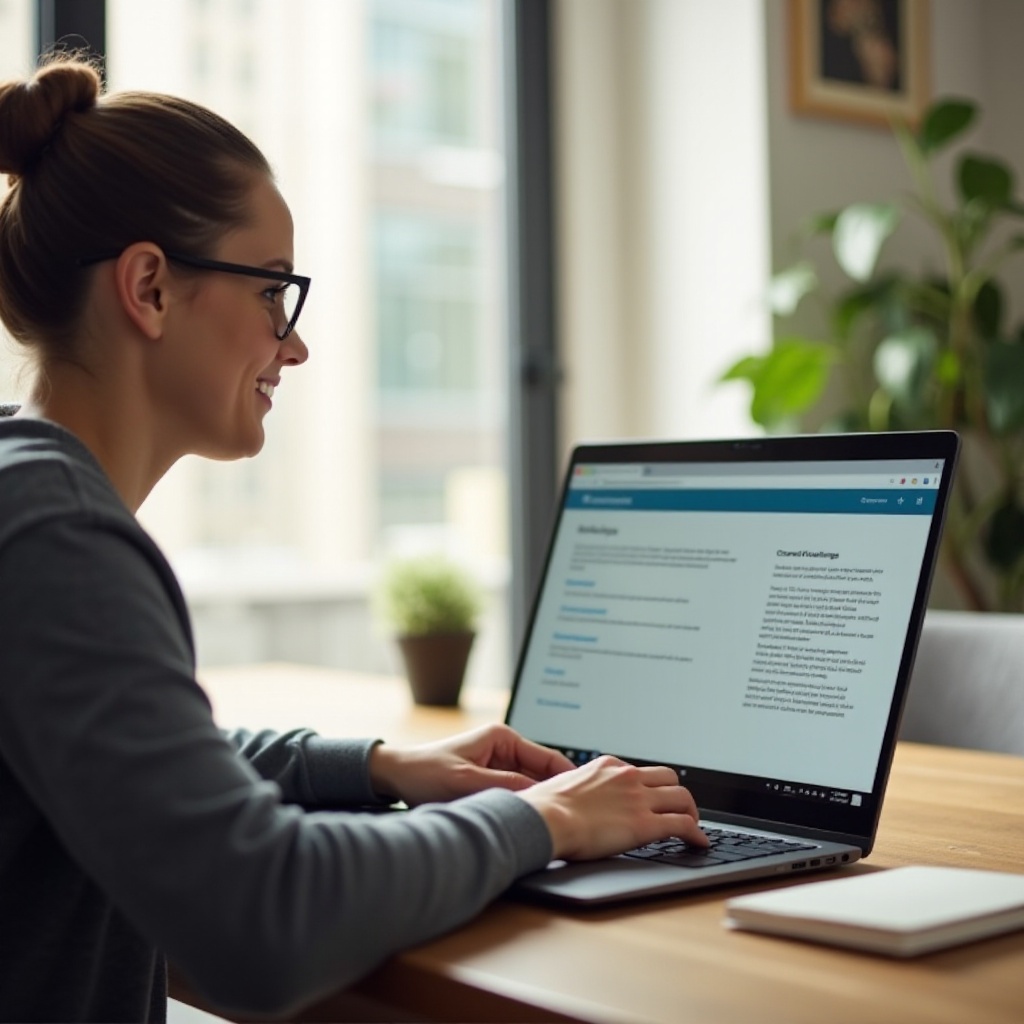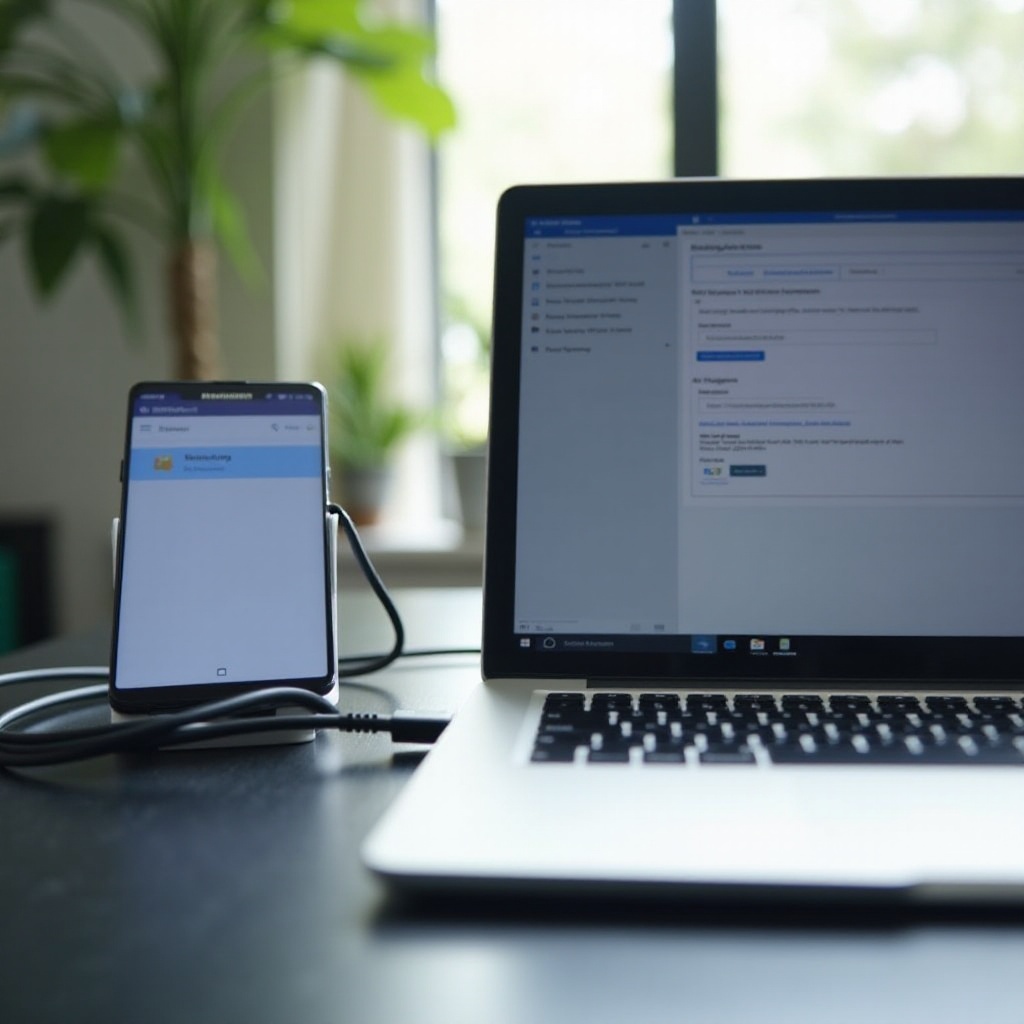How to Get Chrome on Chromebook
Introduction
Getting Chrome on your Chromebook is a straightforward process. As Chromebooks are purpose-built for seamless integration with Google’s Chrome browser, maintaining and optimizing Chrome is essential to ensure a smooth user experience. Whether you need to reinstall Chrome, optimize its performance, or troubleshoot common issues, this guide will cover all the necessary steps. We will provide useful tips and tricks to help you make the most out of your Chrome browsing experience on your Chromebook.

Understanding Chromebooks and Chrome
Chromebooks are laptops that run on Chrome OS, an operating system developed by Google. They are designed primarily for web-based tasks using Google Chrome as the primary user interface. Chromebooks offer a simplified computing experience, with most applications being web-based, and rely heavily on the speedy and secure Chrome browser.
Chrome OS differentiates itself from other operating systems by emphasizing internet connectivity and cloud storage. This tight integration means that the Chrome browser is already deeply embedded into the system. Whenever you install system updates, you ensure that Chrome remains up-to-date as well. Understanding this symbiotic relationship between Chromebooks and Chrome sets the stage for efficiently managing your browser.
Preinstalled Chrome Browser
One of the key benefits of using a Chromebook is that the Chrome browser comes preinstalled. As part of the Chrome OS ecosystem, Chrome is the default browser, providing seamless access to the Internet right out of the box. This ensures that users don’t have to go through the hassle of manually installing a browser.
Upon first boot, log in with your Google account, and Chrome will be ready to use. Every webpage, app, and extension you use within Chrome integrates flawlessly with the Chromebook, providing a cohesive and optimal browsing experience. This preinstallation ensures you always have access to the latest version of Chrome, as updates are bundled with the system updates.
Reinstalling Chrome if Needed
Although Chrome comes preinstalled, there may be instances when you need to reinstall it, perhaps due to performance issues or after a factory reset. Here’s how to do it:
- Backup Your Data: Before making any changes, it’s wise to backup your bookmarks, settings, and Chrome extensions.
- Factory Reset Your Chromebook: Sometimes the best way to reinstall Chrome is to perform a Powerwash (factory reset):
- Go to Settings.
- Click on ‘Advanced’ to expand the menu.
- Choose ‘Reset settings.
- Click on ‘Powerwash’ and follow the prompts.
- Set Up Chrome Again: After the reset, log in with your Google account to restore Chrome. Upon logging in, Chrome will recognize your account and sync your data, restoring bookmarks, settings, and extensions.
Reinstalling Chrome via a Powerwash ensures that any corrupted files or problematic settings are wiped clean, giving you a fresh start.
Optimizing Chrome Performance
Even though Chromebooks are designed for optimum performance with Chrome, tweaks can enhance your browsing experience:
- Clear Browsing Data: Over time, cache and cookies can slow down Chrome.
- Open Chrome.
- Click on the three dot menu.
- Go to ‘More tools’ -> ‘Clear browsing data.
- Choose a time range and clear data.
- Close Unused Tabs: Multiple open tabs can consume system resources. Make it a habit to close tabs you are not actively using.
- Use Task Manager: Monitor and end tasks that consume a lot of memory.
- Press ‘Search’ + ‘Esc’ to open Task Manager.
- Limit Extensions: Too many extensions can slow down Chrome. Disable or remove those you don’t need.
- Open Chrome.
- Go to ‘chrome://extensions.
- Toggle off or remove unnecessary extensions.
- Update Chrome: Ensure you are running the latest version of Chrome by checking for updates in ‘Settings.
Improving these simple aspects of Chrome’s usage can keep it running smoothly and efficiently on your Chromebook.

Troubleshooting Common Issues
Despite its optimized integration, Chrome on Chromebooks might occasionally encounter problems. Here’s how to handle common issues:
- Chrome is Slow:
- Clear browsing data.
- Check for open extensions and close unnecessary ones.
- Chrome Freezes or Crashes:
- Restart Chrome: Close and re-open the browser.
- Restart your Chromebook: Sometimes a simple reboot can resolve the issue.
- Check for system updates and install them.
- Issues with Specific Websites:
- Try accessing the website in Incognito mode.
- Disable extensions: Sometimes extensions can interfere with website functionality.
If these steps don’t resolve the issue, consider performing a Powerwash for a more comprehensive reset.

Useful Chrome Tips and Tricks
Maximize your Chrome experience with these handy tips:
- Keyboard Shortcuts:
- Use ‘Ctrl + T’ to open a new tab.
- ‘Ctrl + W’ closes the current tab.
- ‘Ctrl + Shift + B’ toggles the bookmarks bar.
- Pin Tabs: Right-click a tab and select ‘Pin’ to keep important tabs open.
- Guest Mode and Multiple Profiles: Use Guest Mode or set up multiple profiles for shared devices to keep your browsing data separate.
Utilize these tips to enhance productivity and efficiency while using your Chromebook.
Conclusion
Chrome is integral to the Chromebook experience, preinstalled and ready to use with the OS. Knowing how to optimize, reinstall, and troubleshoot Chrome can significantly enhance your browsing experience. Keep exploring Chrome’s features and maintain its performance for a seamless and productive journey with your Chromebook.
Frequently Asked Questions
How do I check if Chrome is installed on my Chromebook?
Checking is straightforward. Chrome is the default browser on Chromebooks, so it’s installed if the device is running Chrome OS. Open your browser, and you are using Chrome.
How do I troubleshoot a crashing Chrome browser on my Chromebook?
Restart the browser or your Chromebook. Clear browsing data, check for system and extension updates, and close unnecessary tabs or applications.
Can I use other web browsers on a Chromebook?
Chrome is the primary browser on Chromebooks, but you can also use browsers available in the Google Play Store such as Firefox or Opera.

